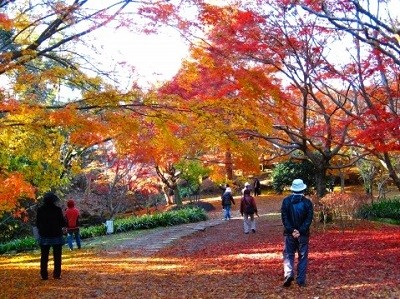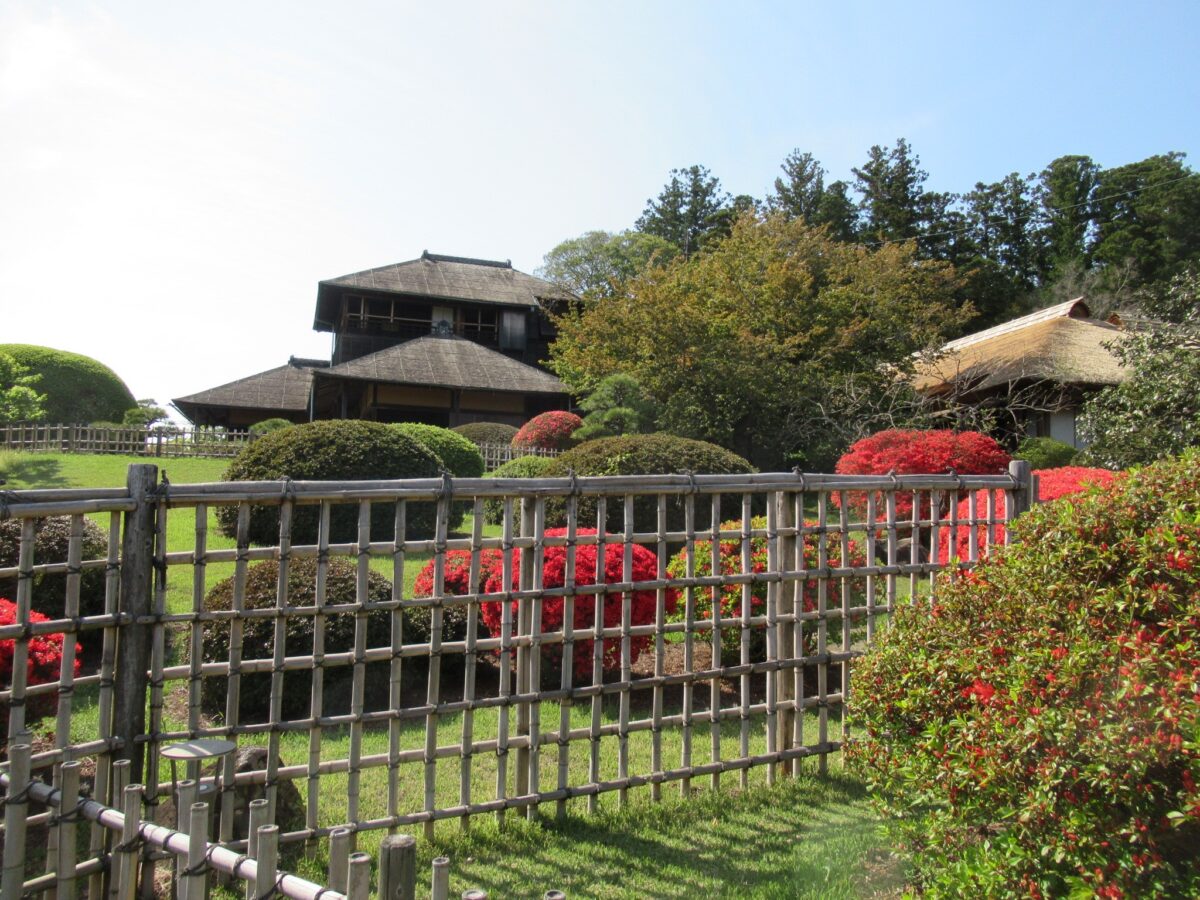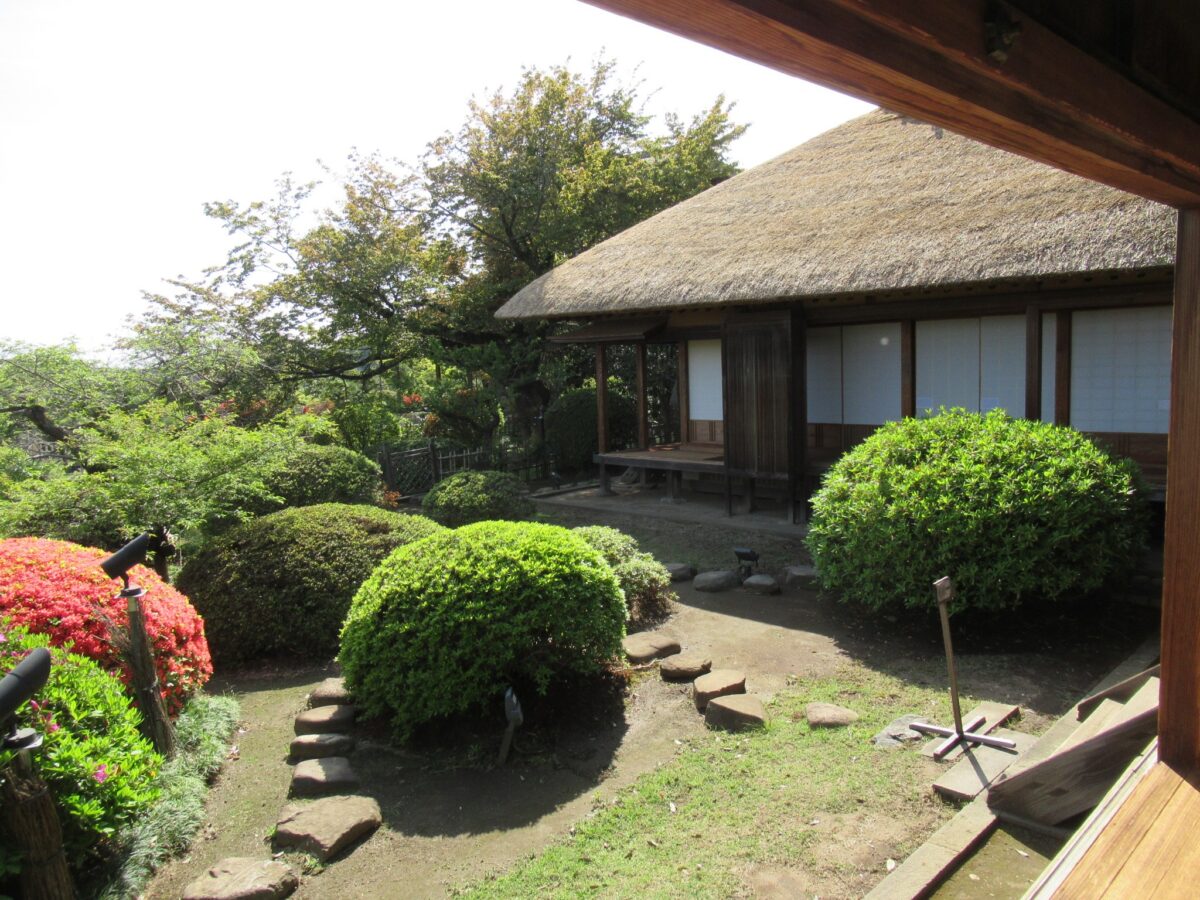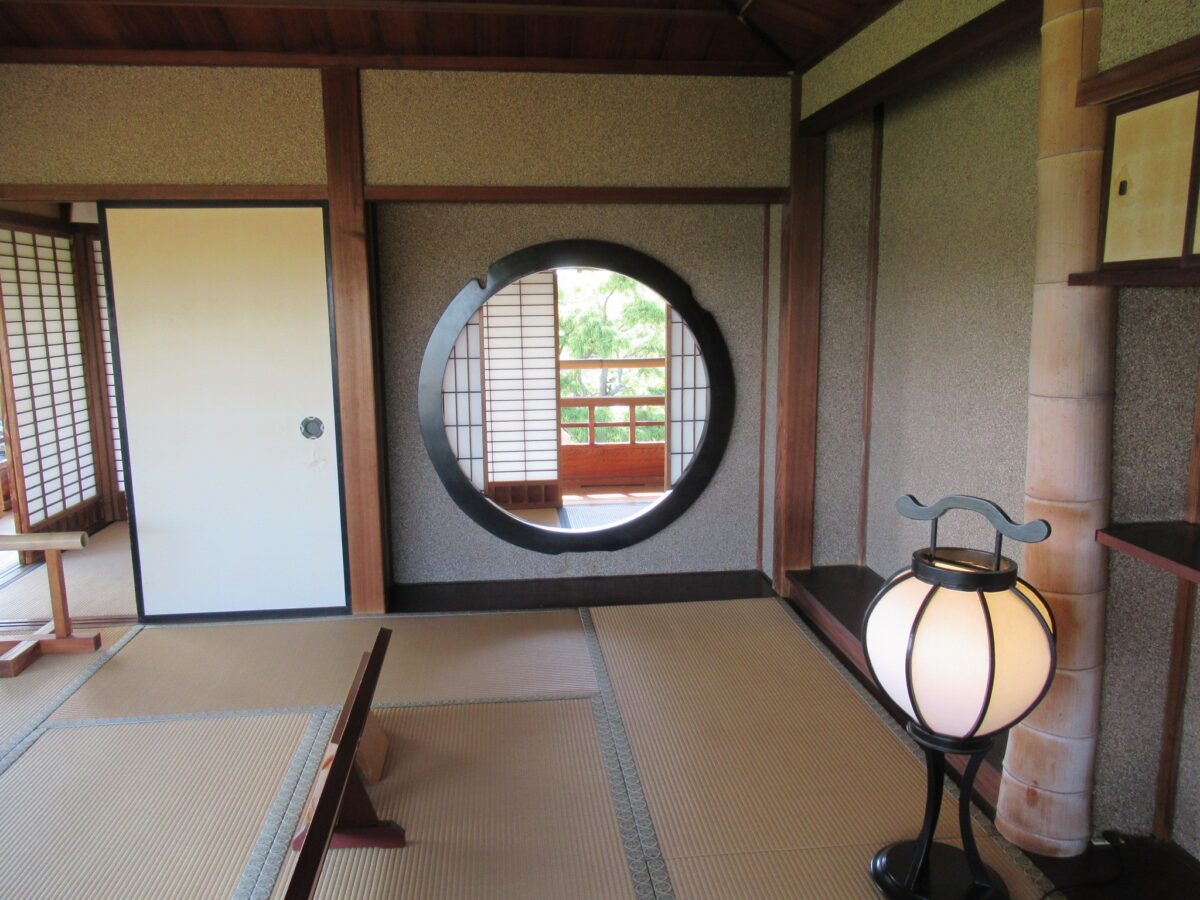Kairakuen Garden is regarded as one of the three great gardens of Japan. It is especially famous for its beautiful plum blossoms in early spring. The garden is located in Mito City. Mito is the capital and the biggest city of Ibaraki Prefecture, northeast of Tokyo. It was an important city in Japanese history. The garden is a testimony of the city’s importance, as it was built by the Mito Domain during the Edo period.
Lords of Mito Domain
Tokugawa Yorifusa came to Mito as the feudal lord of the domain in 1603. He was one of the sons of the Tokugawa Shogun who started the shogunate in Edo (Tokyo). The second lord Mitsukuni was important in history. He promoted Confucianism and established Mito-gaku, a historical and Shinto school in Mito.
The 9th lord Nariaki was powerful. He completed a large reform of the domain. He also became a minister of defense for the shogunate. The Kairakuen Garden was built by Nariaki. His son Yoshinobu became the 15th Shogun, but he could not control the rising power of the feudal lords. So he gave back the power to the Emperor in 1867, which marked the end of the shogunate.
History of Kairakuen Garden
Kairakuen Garden was created by the 9th lord Nariaki. He started planning the garden in1833 and designed it himself. The construction of the garden finished in 1842. The garden’s name comes from a saying in the Confucian book ‘Mencius’. It says that “the ancients would share the pleasures with people, so their pleasure would be hearty and deep”. This means that not only samurai clans but also common people could enjoy it. Therefore, the design incorporates characteristics from modern parks as well as the formal landscape of Japanese gardens.
Flowers and Trees



Its plum garden is very popular with more than 3,000 plum blossom trees of 100 varieties. You can enjoy the plum blossoms from late February to early March. Also, you can see other seasonal flowers such as cherry blossoms, rape blossoms, azalea, and cosmos. In the woods, you can stroll along a walkway surrounded by cedars and bamboos. The contrast between the dark woods and open space is regarded as Yin and Yang.
Koubuntei
Koubuntei is a historic three-storied wooden pavilion which is located in the middle of the garden. It is made up of the main house and a one-story annex, the nobility’s private quarters. Nariaki played a key role in the construction of the pavilion. He invited writers, artists, and residents of his domain and hosted parties here. These parties featured the composition of Japanese poetry and events entertained the old people. The nobility’s private quarters also served as an evacuation site in case a fire would break out on the castle ground. It was mostly used by the feudal lord’s wife.



The word Koubun is another name for the Japanese plum that originated in China. During WW2, Koubuntei was completely burned down as a result of an air raid and it took three years from 1955 to rebuild.
You need to pay an extra fee to enter the pavilion, even though it is in the garden. But it is worth visiting, and the view of Lake Semba from the top floor is spectacular!
Lake Semba
The garden is located on a hill. You can look down Lake Semba from the garden. The circumference is 3 kilometers. It is a part of Semba Park. There are three fountains in the lake, which serve to entertain the visitors and also purify the lake water. The lake is not part of Kairakuen Garden. But because it enriches the view of the garden, you can call it a borrowed landscape.
Seasonal Events
Spring: Mito Plum Festival (Mid-February to March 31), Mito Cherry Blossom Festival (Beginning of April to Mid-April), Mito Azalea Festival (End of April to Mid-May)
Summer: Plum Picking and Sale (Early June), Mito Kairakuen Fireworks Festival (July to August)
Autumn: Mito Lespedeza Festival (Whole September), Autumn Colors of Momijidani (Mid to End of November)
Winter: Guided Visit on Plum Pruning (Second Saturday of December)
Access Information
Access: 20 minutes by bus from JR Mito Station. It takes 70-80 minutes from Tokyo to Mito by express train.
Fee: 300 yen for adults / 150 yen for elementary and junior high school students
Extra fee for Koubunkan: 200 yen for adults / 100 yen for elementary and junior high school students
Hours of the garden: 6 am to 7 pm (from April to September) / 7 am to 6 pm (from October to March)
Hours of Koubunkan: 9 am to 5 pm (from April to September) / 9 am to 4:30 pm (from October to March)
Sightseeing Spots near the Kairakuen Garden
Kodokan
Kodokan was the school of Mito domain which was built in 1841 by lord Nariaki. It was the largest school made by a domain in Japan. And is the only remaining building in Mito from the feudal time. He built it so they could use human resources widely from the lower-ranked people. Both traditional academics and military arts were emphasized at the school.
Ibaraki Prefectural History Museum
You can learn the history of Mito from ancient times to now. Hitotsubashi-Tokugawa Family Memorial Hall exhibits the cultural properties and historical documents of the Tokugawa family.
Mito Geijutu-kan (Art Tower Mito)
Art Tower Mito is a complex of an art museum, concert hall, and theater. The spiral-shaped tower is the symbol of the complex. The height of the tower is 100m and you can go up to the observation deck 86 meters above sea level by elevator.
Your Japan Tour
As seasoned Japan experts, we can help you create your perfect Japan tour including guides who can tell you all about the Kairakuen Garden. The guide can take you to the garden and other sightseeing spots in Mito City. Check out our group tours and private tours, or contact us to start planning your unforgettable holiday to this fascinating country. Japan is full of once-in-a-lifetime experiences, culture, history, nature, and delicious food!